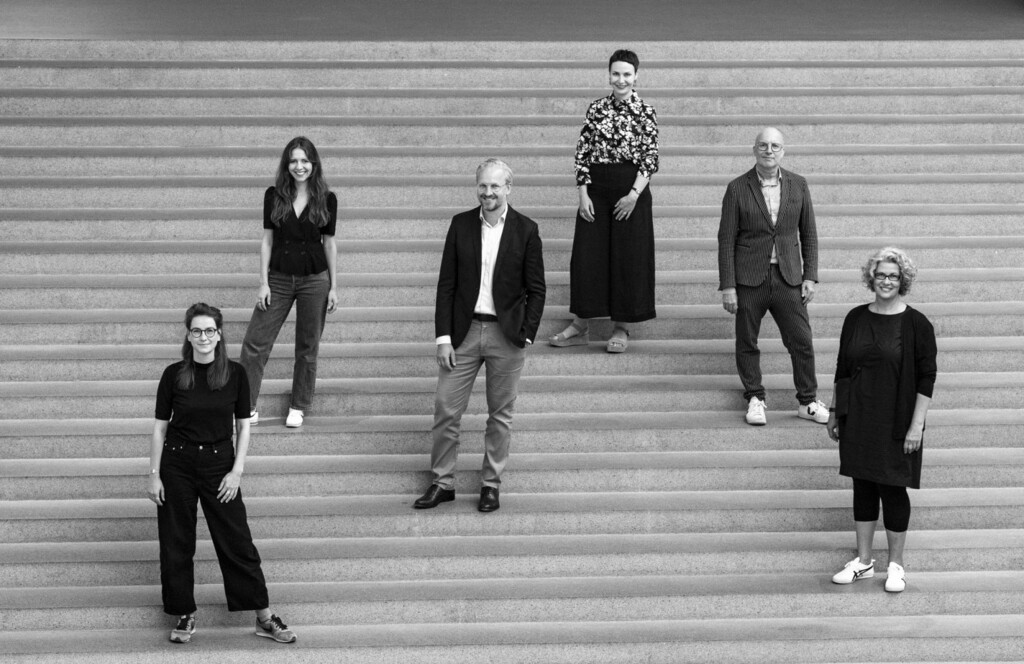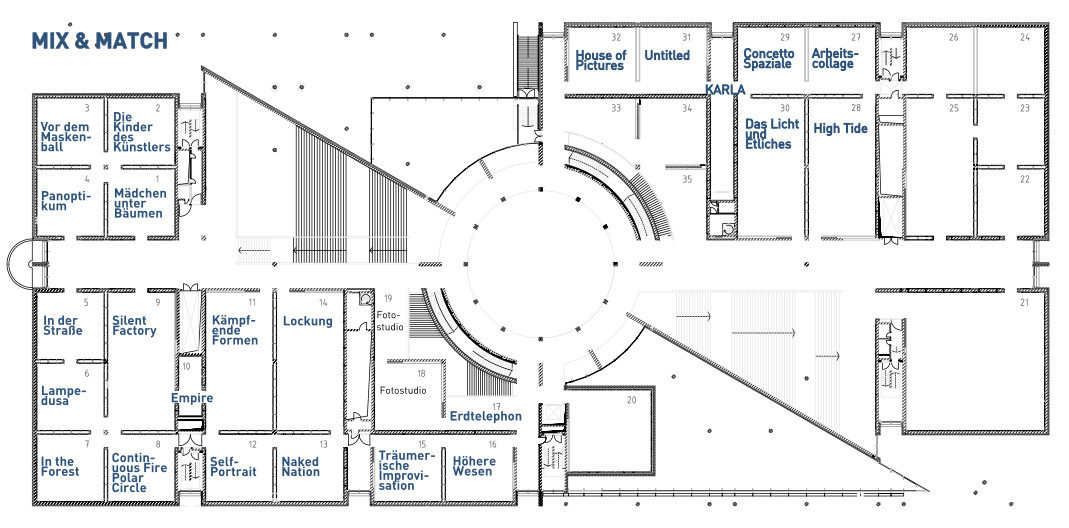Marking the 20th anniversary of the Pinakothek der Moderne, the curators of the Sammlung Moderne Kunst have joined heads in rehanging the collection, in a new display titled MIX & MATCH. Characterised by a spirit of curiosity and experimentation, the new hang invites visitors to rediscover the collection in themed galleries and unconventional juxtapositions that transcend epochs, styles, and media.
Key works of painting, sculpture, photography, video and installation art, and printmaking serve as the springboard into topics of vital relevance to 21st-century life, such as community, migration, work, the environment, and conflict and violence. The new hang also illuminates genres and subjects steeped in an art-historical tradition – like the nude, the self-portrait, or the forest, as well as tropes like the grotesque, the spiritual, or the irrational.
The new collection presentation features some 350 works and series spanning 120 years of art history, on view in 25 galleries. True to the idea of mixing and matching, the works were selected as snapshots of specific moments in recent history with the potential to shed light on current urgent debates, offering visionary and unexpected perspectives on the past and the imminent future.


 Pinakothek der Moderne I 1.st Floor I Roomtitles MIX & MATCH
Pinakothek der Moderne I 1.st Floor I Roomtitles MIX & MATCH